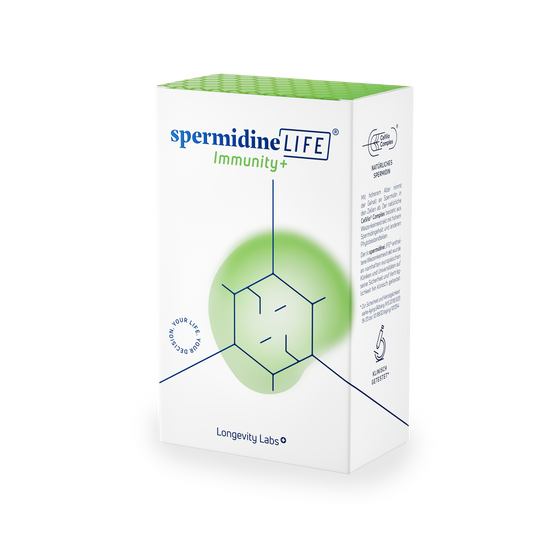
I’ll walk my own way. Why walking is so healthy
Fasting,Fitness, TLL LongevityLabsFollowing our own path is not only metaphorically good for us. We should all walk more often – be it to the office, to a meeting with friends or just to have some time for yourself during a busy day. Regular walking is healthy for our cells because endurance sports have a rejuvenating effect. So, let’s go!
We have already reported on the rejuvenating effect of jogging. This endurance sport helps us to clean and refresh our cells. Body and soul benefit from regular exercise, which makes us feel younger and more active. The entire cardiovascular system is strengthened, the blood circulation is activated, and stress is reduced in the process. But you can also choose a more comfortable approach. Walking is also an endurance sport. Getting around without using cars and subways not just has positive effects on the environment but also on us.
Let’s start with a special form of walking. Nordic Walking has become extremely popular with people of all ages. They use sticks, which were originally developed for athletics, in order to support the quite strong and fast walking movement. The swinging movement with increased use of the arms strengthens the heart, muscles and bones and stimulates the metabolism. Especially for people with back problems this form of walking is more pleasant, as it is easy on the joints. As with all endurance sports, stress and muscular tensions are reduced, which contributes to general well-being. Ideally you should walk for 60 minutes a day, in order to feel the positive effects of walking, or go Nordic walking twice a week.
Of course, this is also possible without using nordic walking sticks. You can simply walk strong and fast, also without using those special walking sticks. Long walks in the fresh air have a similar effect, even if you take it nice and easy. We recommend at least 6,000 steps per day, ideally 10,000 steps, which is between seven and nine kilometers a day.A wide variety of apps, most of which are even pre-installed on smartphones, can help you to track your daily steps.
Sounds like it could be done quite easily – and it actually is. Getting on the bus quickly, taking the subway or driving a car, prevents many people from reaching this recommended number of daily steps. Therefore we have collected a few more tips, that can help to integrate more steps into your daily life:
Do not use the car: Many routes can be covered by foot. Another advantage: You don’t have to look for a parking space! If you need to walk a longer distance, you can also get on your bike. 30 minutes on the bike are equivalent to about 3,000 steps by foot.
Step by step: Regularly skipping the elevator adds some steps into your daily life.
Get off one station earlier: On the way to work or to a meeting, if you take the subway or bus, you can simply walk part of the way.
Expand your horizon: It doesn’t always have to be the supermarket around the corner. You can make a change by going shopping somewhere further away.
Go for a walk together: No matter how old you are – meeting friends is always fun. Instead of sitting in a café, you can also arrange to go for a walk together.
Swing your hips: Whether at home or at an event, dancing also involves taking many steps and is good for every bodycell.
Moving while doing everyday tasks: Whether while brushing your teeth, ironing or cooking – you can also stretch your legs during your daily tasks!
Ready to go? Exercise is important for our health and well-being. Every cell benefits from it, especially regular walking is a simple and uncomplicated possibility to clear out the body cells and to get strong and into good shape.






